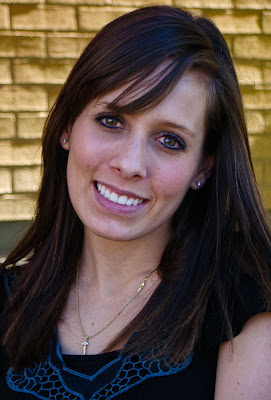1. Woods; 24x36; 10.27.2010; 5:18 p.m.; Rexburg, ID; Sony DCS-H50; f/5.6; 1/100; Used match color tool in Photoshop, changed saturation, levels, and added highlights in Camera Raw, and I used the clone stamp tool and text in Photoshop.
I choose this image because I was trying to pick a picture that I would want to hang up in my home; I also thought it would go well with the Robert Frost quote. I took this picture two weeks ago while I was taking pictures for the photojournal blog. Before I took this picture, though, I had already picked out a different image for the poster and had started working on the enhancements of that image. So, I decided to take that image and use match color in Photoshop to copy the enhancements to the this picture of the woods. After doing this, I opened the image in Camera Raw and changed the saturation, levels, and added a highlight to the sky and the leaves. I then opened the image in Photoshop and used the clone stamp tool to get rid of a person who came running down the path just as I took the picture. Finally, I added text in Photoshop.
I choose this image because I was trying to pick a picture that I would want to hang up in my home; I also thought it would go well with the Robert Frost quote. I took this picture two weeks ago while I was taking pictures for the photojournal blog. Before I took this picture, though, I had already picked out a different image for the poster and had started working on the enhancements of that image. So, I decided to take that image and use match color in Photoshop to copy the enhancements to the this picture of the woods. After doing this, I opened the image in Camera Raw and changed the saturation, levels, and added a highlight to the sky and the leaves. I then opened the image in Photoshop and used the clone stamp tool to get rid of a person who came running down the path just as I took the picture. Finally, I added text in Photoshop.



















































